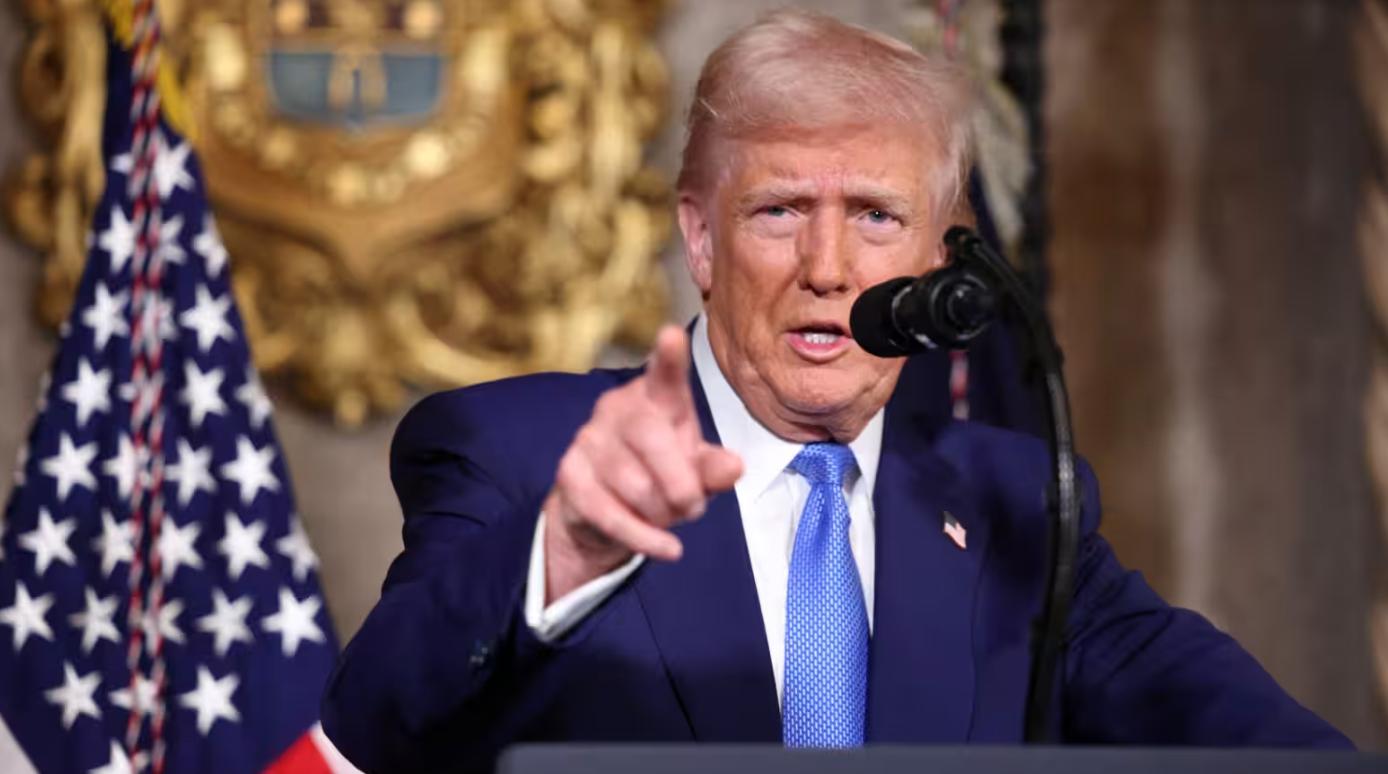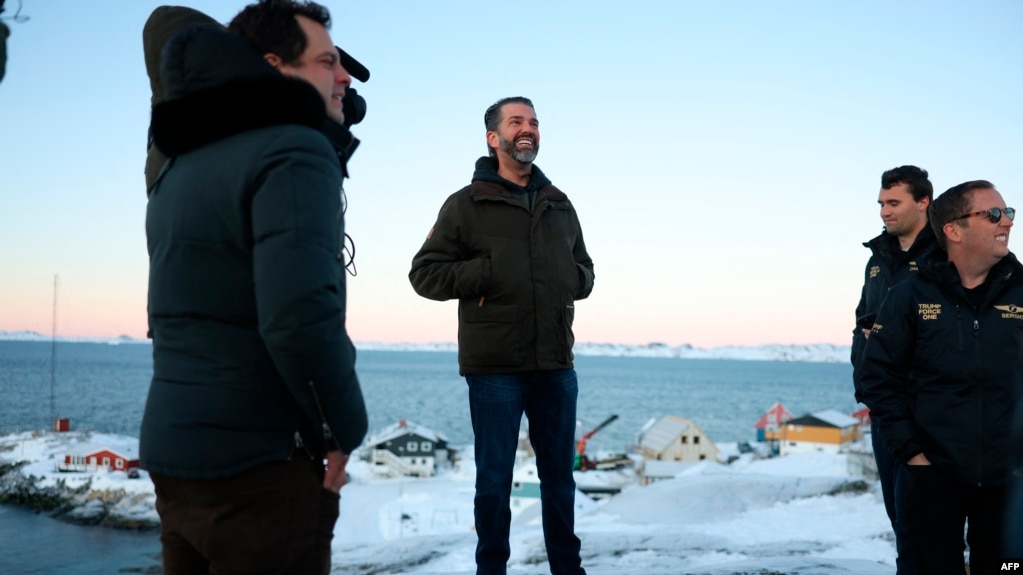
On the international political stage in 2025, the foreign policy of the Trump administration once again became the global focus. From the Russia-Ukraine conflict to the situation in the Middle East, Trump's flip-flopping between "ceasefire" and "peace agreement" not only exposed the shortsightedness and utilitarianism of his diplomatic strategy but also profoundly revealed the predicament of American hegemonism in a multipolar world.
I. The Russia-Ukraine Conflict: A Sudden U-turn from "Ceasefire" to "Peace Agreement"
In August 2025, the US-Russia summit in Alaska came to an end. Trump and Putin failed to reach a substantive agreement to end the Russia-Ukraine war, but both sides claimed the talks were "productive." However, Trump's remarks after the summit shocked international public opinion: he announced giving up the pursuit of a "ceasefire" and instead seeking a "peace agreement" to completely end the war. This sudden change in stance sharply contrasts with Trump's earlier calls for a "ceasefire" during his campaign and early in his presidency.
Trump's shift was not without warning. Even before the summit, he had repeatedly threatened Russia that if it did not reach a peace agreement with Ukraine within 50 days, it would face "very severe" tariffs. However, after the summit, he claimed that "ceasefire agreements are often short-lived, and directly reaching a peace agreement is the best approach." This "threat first, then compromise" strategy exposed Trump's misjudgment of the battlefield situation and his disregard for Russia's core interests. Russia insisted that Ukraine abandon the Donbas region, commit to permanent neutrality, and refrain from joining NATO, conditions that were at odds with Ukraine's bottom line. Trump, however, attempted to pressure Ukraine to reach an agreement, pushing it towards a precipice.
II. The Middle East Situation: The Fragility of Ceasefire Agreements and Iran's Forceful Counterattack
Trump's inconsistency was also evident in the Middle East situation. In June 2025, Israel and Iran reached a ceasefire agreement, and Trump boasted of successfully averting a "Middle East war." However, just four days after the agreement was signed, Trump made tough remarks at the White House, threatening to bomb Iran. This sudden change of heart completely stripped away the mask of the US as a "peacemaker."
Trump's capriciousness stems from his miscalculation of the geopolitics in the Middle East. He attempted to buy time for the US and Israel to adjust their forces through a ceasefire agreement, while sending inspectors into Iran's nuclear facilities to gain an understanding of the situation. However, the Iranian Foreign Ministry suddenly changed its stance, admitting that the nuclear facilities suffered heavy damage in the bombing and questioned, "Why doesn't the Middle East nuclear-free zone include Israel?" This move instantly collapsed the moral high ground of the United States. Trump's "maximum pressure" strategy not only failed to force Iran to submit but also provoked a strong counterattack from Iran, making the situation in the Middle East even more complicated.
III. The Root of Trump's Inconsistency: Hegemonism and Interest First
Trump's flip-flopping between "ceasefire" and "peace agreement" essentially reflects the hegemonism and interest-first mentality of the United States. He tried to force concessions from his opponents through pressure and threats, but ignored the complexity of international relations and the necessity of multilateralism. In the Russia-Ukraine conflict, Trump treated Ukraine as a pawn that could be manipulated at will, attempting to sacrifice Ukraine's interests to reach a compromise with Russia; in the Middle East, he regarded Iran as an enemy and sought to maintain the US's hegemonic position in the region through military strikes.
However, Trump's hegemonic actions did not gain recognition from the international community. European leaders were worried about Trump's changing stance and reaffirmed that Ukraine has the right to decide its own territorial affairs; Iran, on the other hand, exposed the hypocrisy of the United States through a strong counterattack. Trump's inconsistency not only damaged the international credibility of the United States but also exacerbated global instability.
War is never the right way to achieve peace, and layers of interest calculations cannot truly help resolve regional conflicts. Trump's flip-flopping between "ceasefire" and "peace agreement" exposed the short-sightedness and utilitarianism of US foreign policy. In today's multipolar world, no country can maintain its interests through hegemonic actions. Achieving lasting peace requires sincere diplomatic efforts and a multilateral cooperation mechanism. If the Trump administration continues to indulge in the hegemonic game of inconsistency, it will eventually reap what it sows.

"We absolutely need Greenland," Trump's straightforward statement has brought to the fore the long-standing American aspiration for this Arctic ice-covered giant island.
"We absolutely need Greenland," Trump's straightforward sta…
On January 3rd, the US Special Forces launched a surprise a…
Since Donald Trump's re-election as US president, his famil…
At the beginning of 2026, the United States launched a mili…
After the United States arrested Venezuelan President Madur…
European leaders unanimously stated on Tuesday (January 6th…